How to Fix the PIN Error 0x80280013 in Windows?
The PIN error 0x80280013 occurs when the users try to login into their computers using their PIN code. The error message states, ‘Something went wrong, and your PIN isn’t available’.
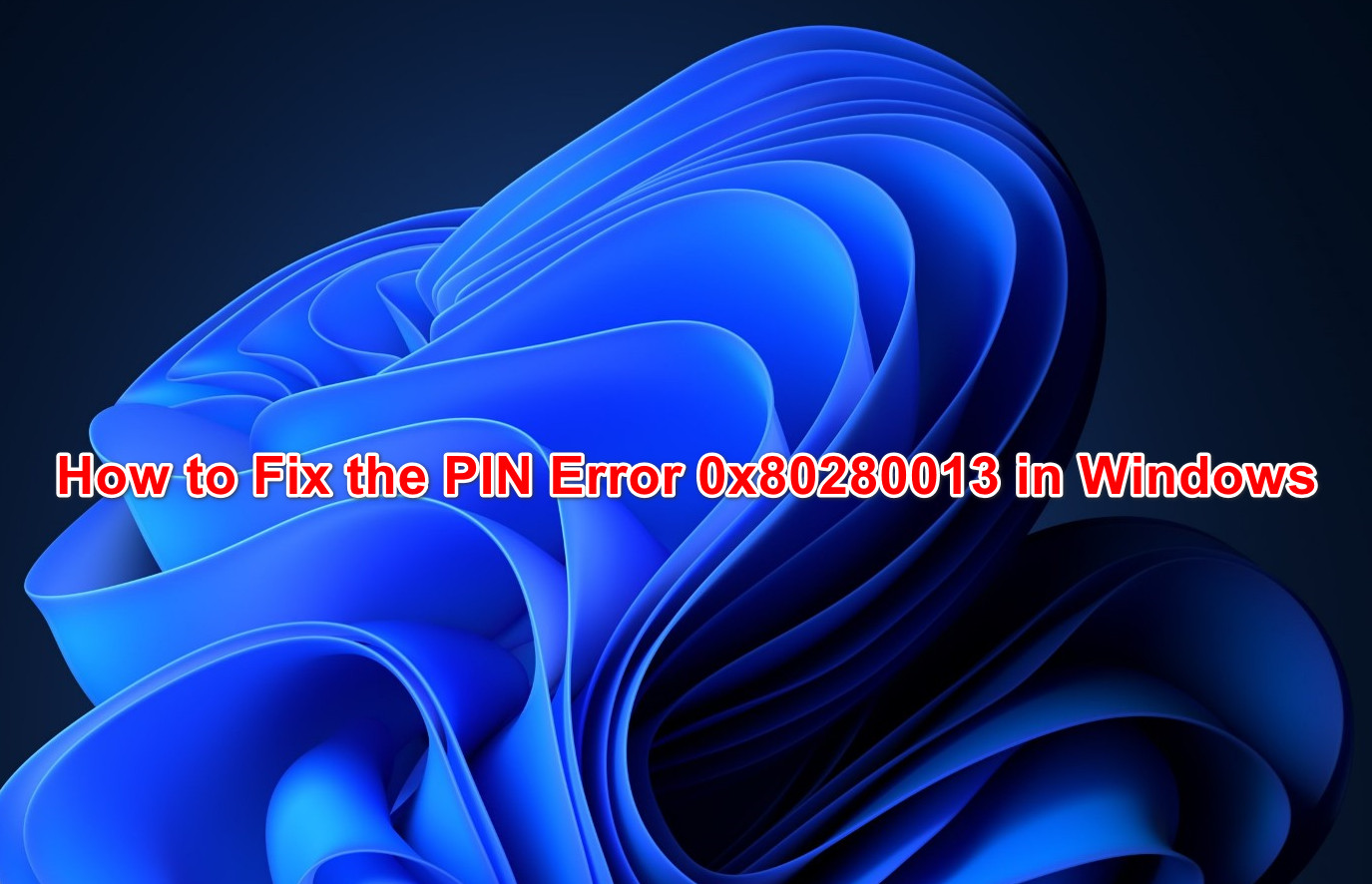
We had a look into the problem and discovered that it can be caused by several reasons such as:
- Corruption issue in the NGC folder – the NGC folder is where the system stores its PIN-related information. If the information and data of this folder have become corrupt, you are likely to run into PIN errors like the one at hand.
- Boot error – there might be a problem with the system’s boot process, causing the issue at hand. If this scenario is applicable, the best way to move forward is by using the Startup repair utility.
- Generic system corruption – there can be a corruption error infecting your computer, causing certain features and utilities to act up.
Now that you know the most common reasons behind the error, let’s look at the troubleshooting methods you can try to fix the issue.
1. Login Using a Password
If you have the option to log into your computer using a password, then we recommend you use that. Once you are inside the system, you can go ahead with changing the PIN or removing it.
Here is how you can proceed:
- Once successfully logged into Windows, press the Win + I keys to open Windows settings.
- Choose Accounts from the left pane and click on Sign in options on the right side of the window.
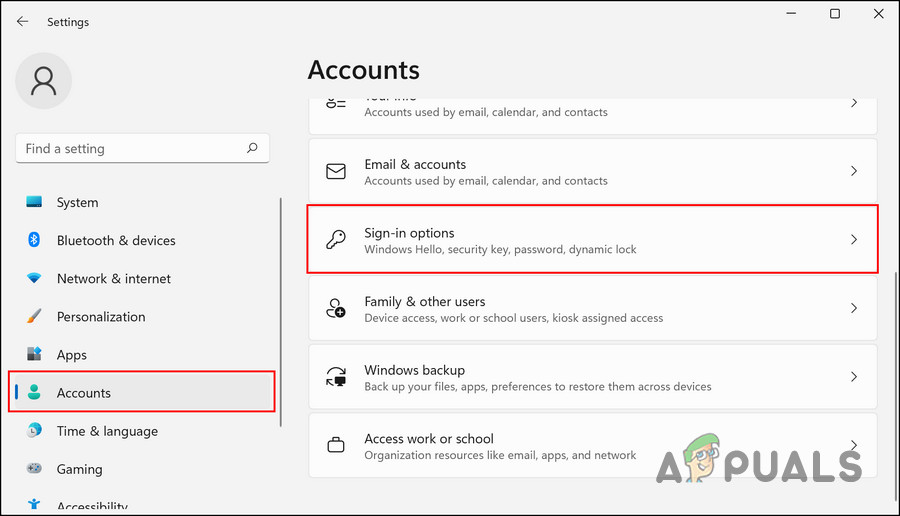
Access the sign-in options - Expand the PIN (Windows Hello) section in the Ways to sign-in section.
- Click the Change PIN or Remove PIN button per your preferences and follow the on-screen steps to proceed.
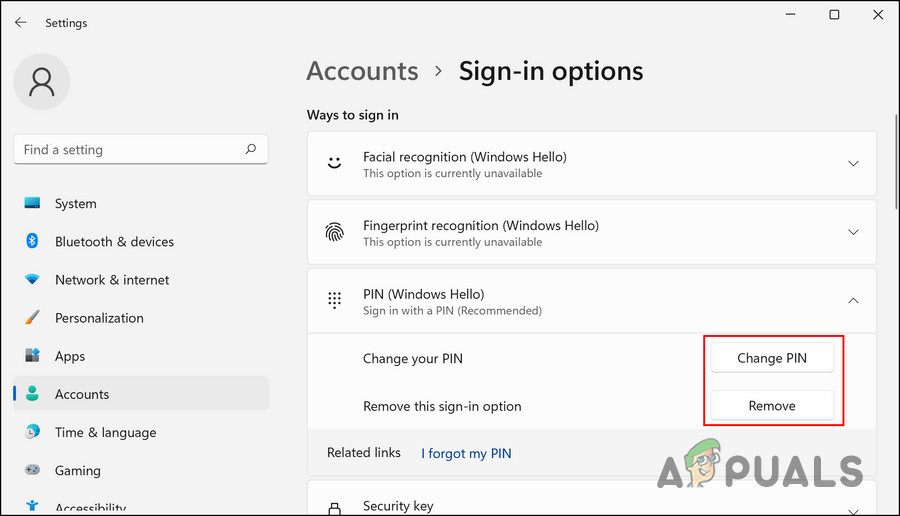
Change or PIN button
Hopefully, you will no longer face the PIN issue after making these changes.
2. Boot Into Safe Mode
If you cannot have a password to log into Windows, then you can boot the system into Safe Mode and make the changes there.
This method will boot Windows into Safe Mode and then delete the NGC folder. If you do not know already, Safe Mode launches the system with only the basic drivers and programs. NGC folder, on the other hand, contains all the PIN-related information. If any of the data in the NGC folder is corrupt and causing the issue, deleting it will fix the problem.
Here is how you can boot into Safe Mode:
- Shut down your computer.
- Turn it back on and when Windows is about to load (your screen is showing dots circling), press the power button for at least 5 seconds to shut it off again.
- Do this twice, and Windows will boot into the recovery environment the third time.
- Choose Troubleshoot from the list of options available.
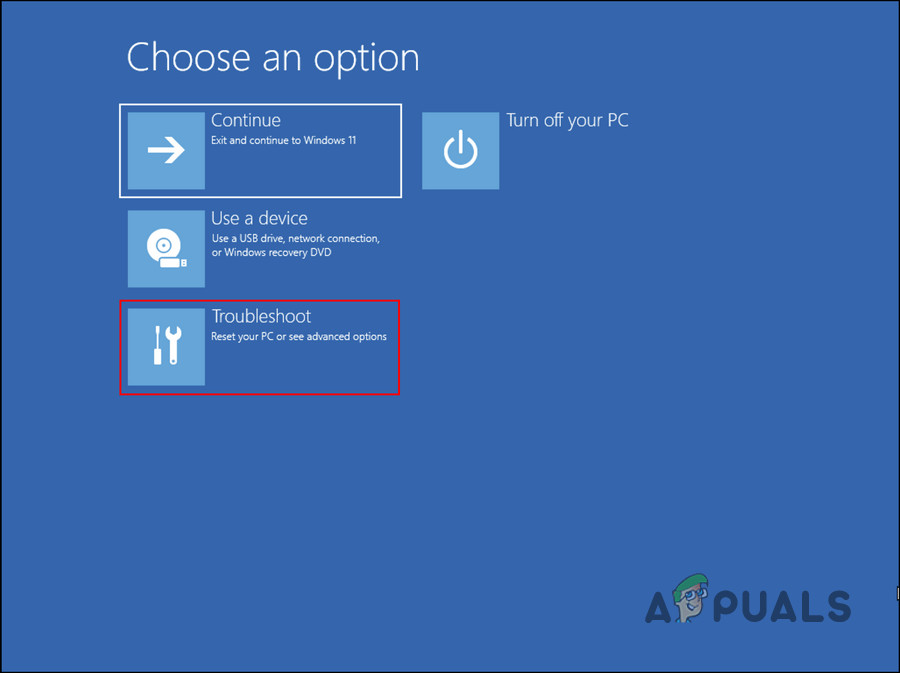
Choose Troubleshoot from the options - In the Advanced options screen, click on the Startup Settings option.
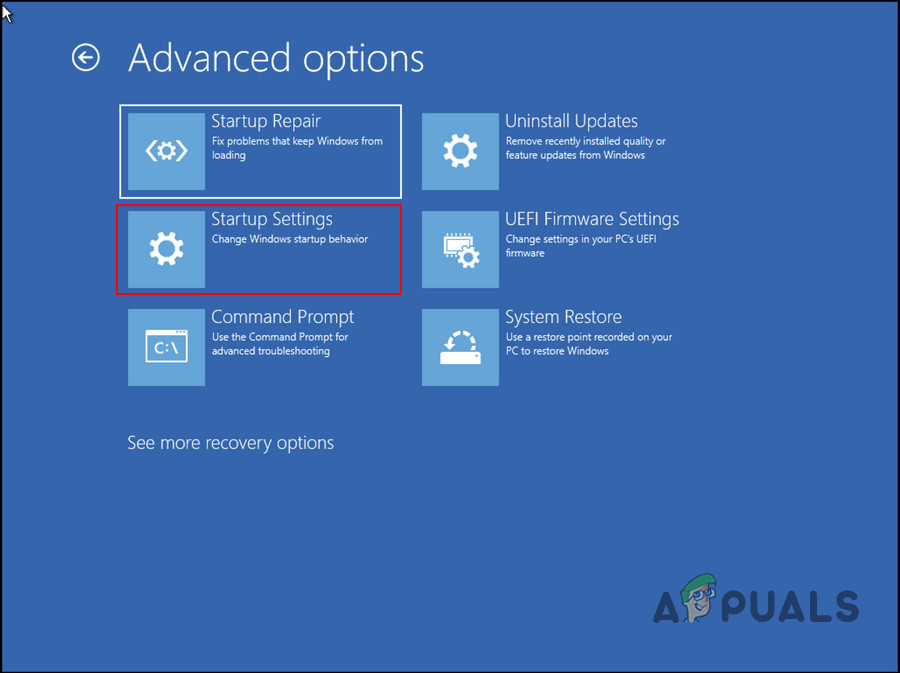
Access the Startup Settings - Wait for the PC to reboot into the Startup settings menu, and then press the F4 key to boot into Safe Mode.
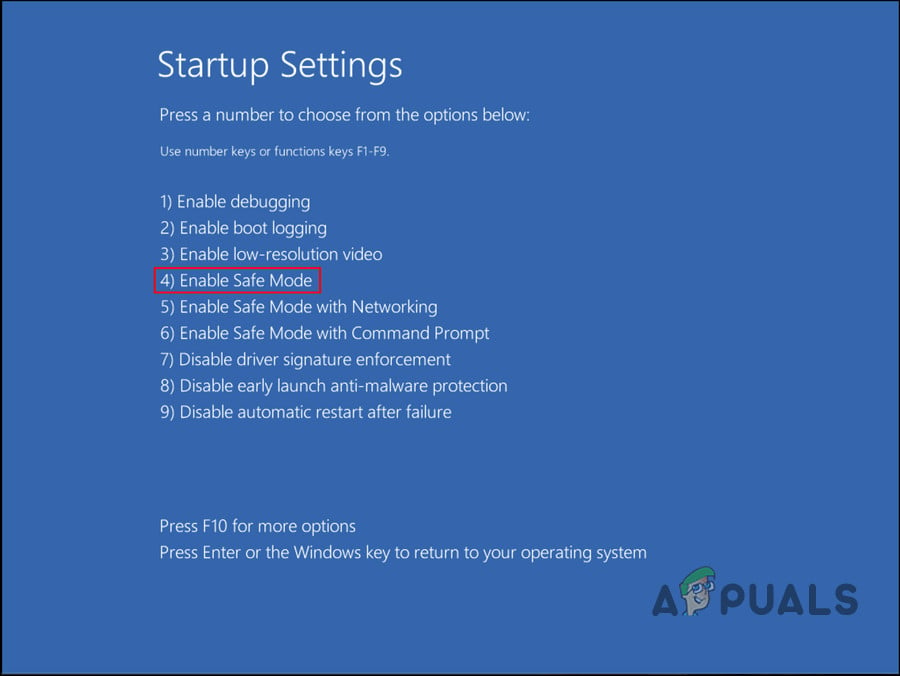
Choose Enable Safe Mode from the startup settings - Hit Yes in the confirmation prompt.
- Once you are inside the Safe Mode, launch File Explorer and head over to the following location:
C:\Windows\ServiceProfiles\LocalService\AppData\Local\Microsoft
- Here, locate the NGC folder and right-click on it.
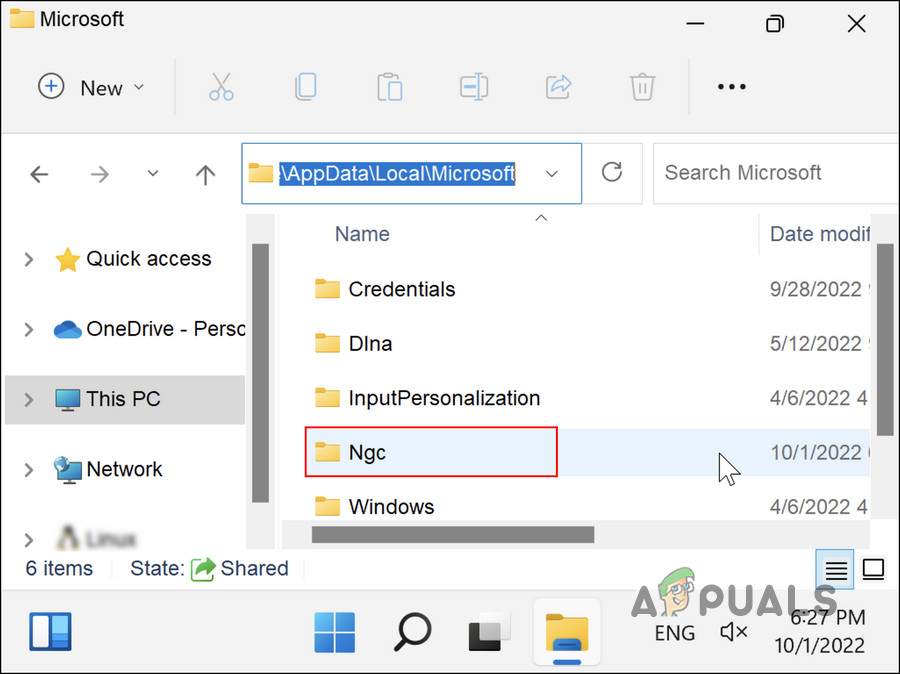
Access the NGC folder - Choose Delete from the context menu.
- Once done, reboot and then try logging into Windows using your PIN.
In case you cannot delete the NGC folder because of insufficient permissions, here is how to proceed instead:
- Press Win + R to open Run.
- Type cmd in Run and press Ctrl + Shift + Enter to launch Command Prompt with administrative privileges.
- Once you are inside the Command Prompt, type the command mentioned below and hit Enter:
icacls C:WindowsServiceProfilesLocalServiceAppDataLocalMicrosoftNgc /T /Q /C /RESET
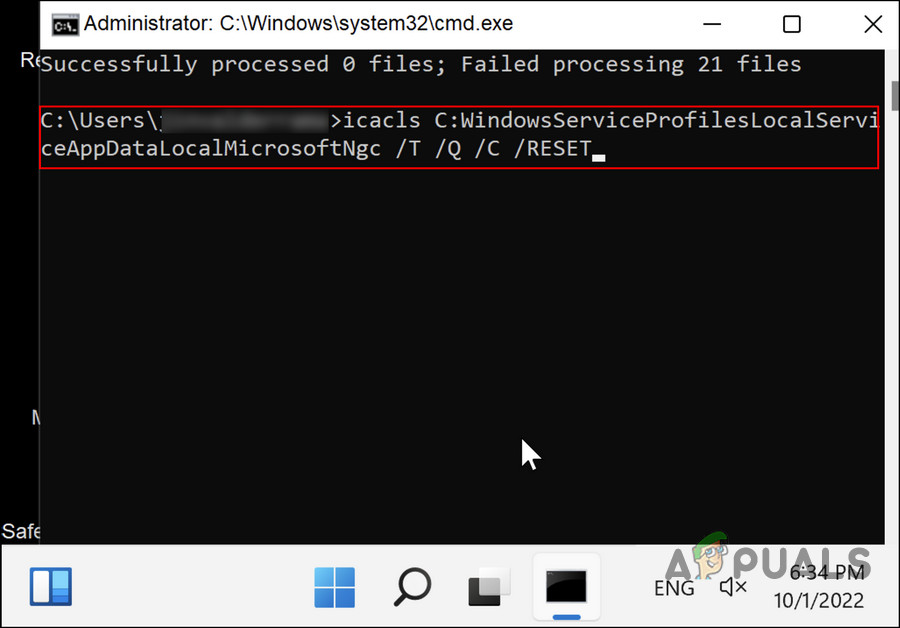
Execute the entered command - Once the command is executed, close the Command Prompt and go back to the File Explorer location we shared above.
- Delete the NGC folder now and perform a reboot.
- Upon reboot, you should be able to log into your computer using the PIN without any issues.
3. Use the System Restore Utility
You can also use the System Restore utility to return to a system state where the error was not present.
The System Restore utility periodically creates restore points on the system, especially before performing critical tasks. A restore point is a snapshot of the system’s state at a particular time. You can use these snapshots or restore points to return to a previous system state when the snapshot was taken.
In this method, we will be using the Windows recovery environment to access the System Restore utility. You can use this tool to revert to a system state where the PIN error was not present.
Follow these steps to proceed:
- Launch into repair mode by following the steps we listed above.
- Choose Troubleshoot from the list of options available.
- In the Advanced options screen, choose System Restore.
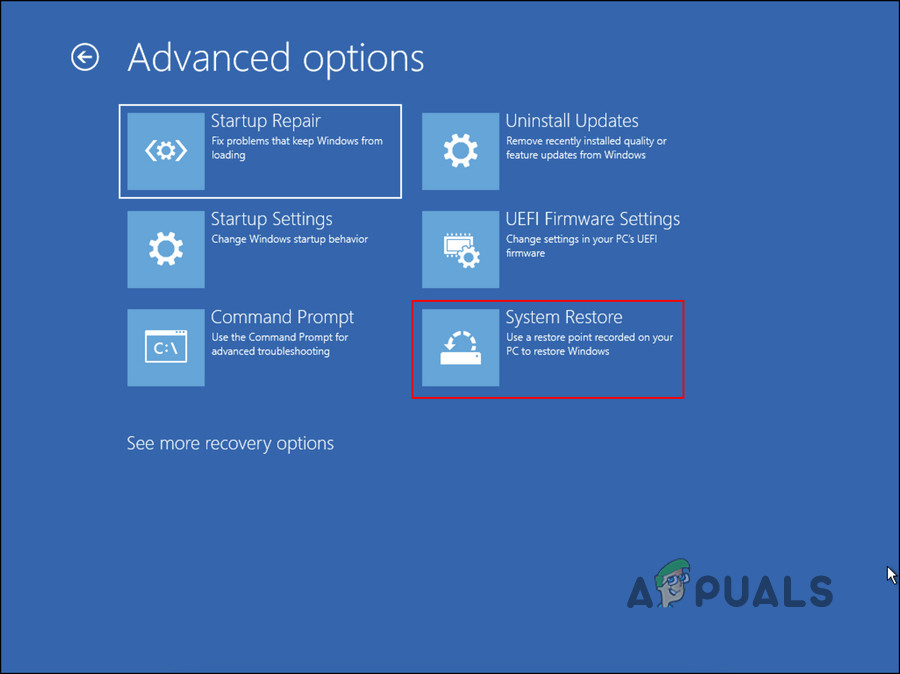
Click on the Restore option - You will now be presented with a list of the restore points on your computer. Choose one and click Next.
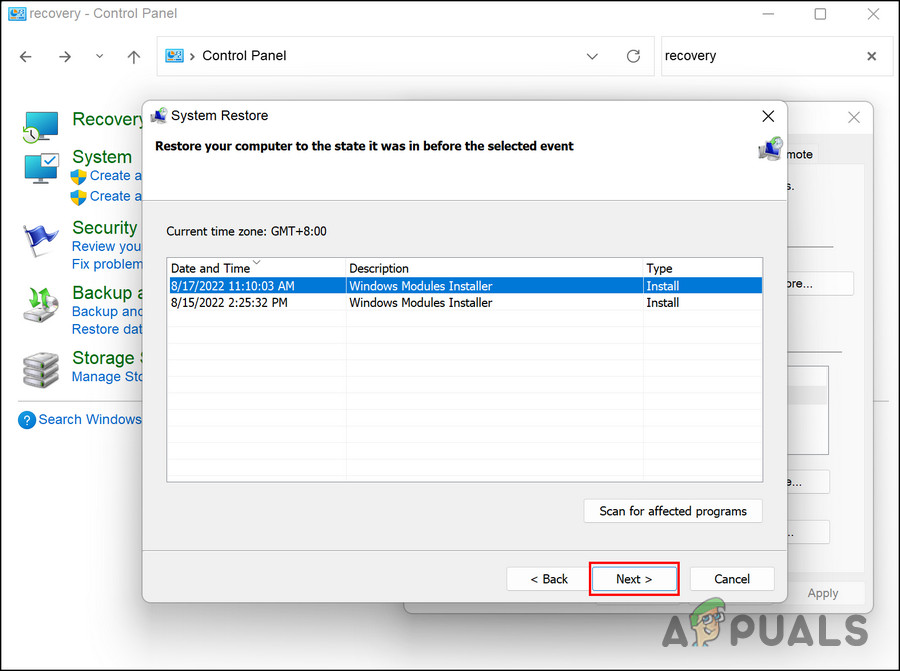
Click Next button - Follow the on-screen instructions to proceed.
If you cannot find a restore point, this feature was disabled on your computer. In that case, move to the next method below.
4. Reset the PC
If none of the above methods has worked for you, then the problem is caused by a corruption error that cannot be fixed using conventional troubleshooting methods.
If this scenario is applicable, we suggest you go ahead and reset your computer. Windows allows users the option to keep their personal files and data during the process, so you do not have to worry about losing those.
A reset will revert your system to its default state, where no such errors were present. However, it is important to note that you might lose your preferences and other customized settings during the process.
To proceed, follow these steps:
- Launch the system in repair mode and navigate to Troubleshoot > Advanced options.
- Choose Reset this PC from the options available and click on Keep my files. If you wish to remove everything during the process, click on Remove everything.
- Follow the on-screen instructions to proceed.
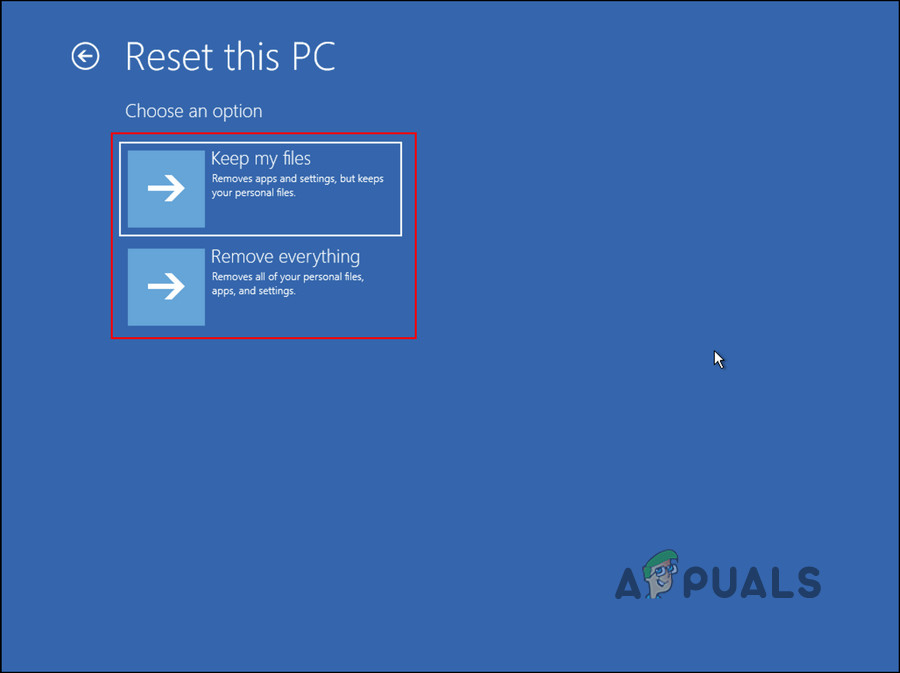
Reset the computer
Hopefully, a complete system reset will resolve the issue for you.
In case you do not want to go for a system reset just yet, you can try reporting the issue to the Microsoft team and wait for an official fix from their side. However, this is only recommended if you can survive without logging into your computer for a few days.




